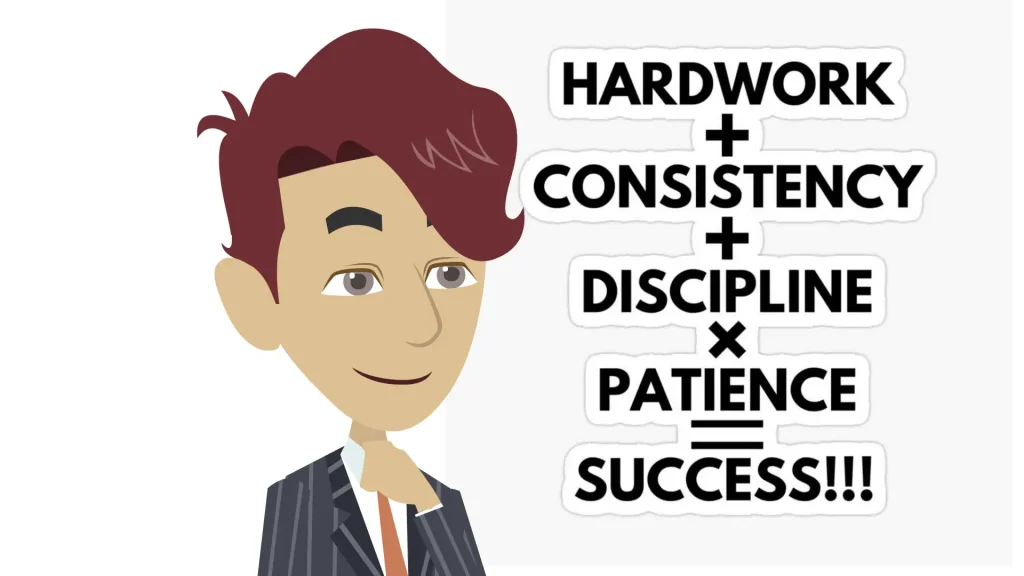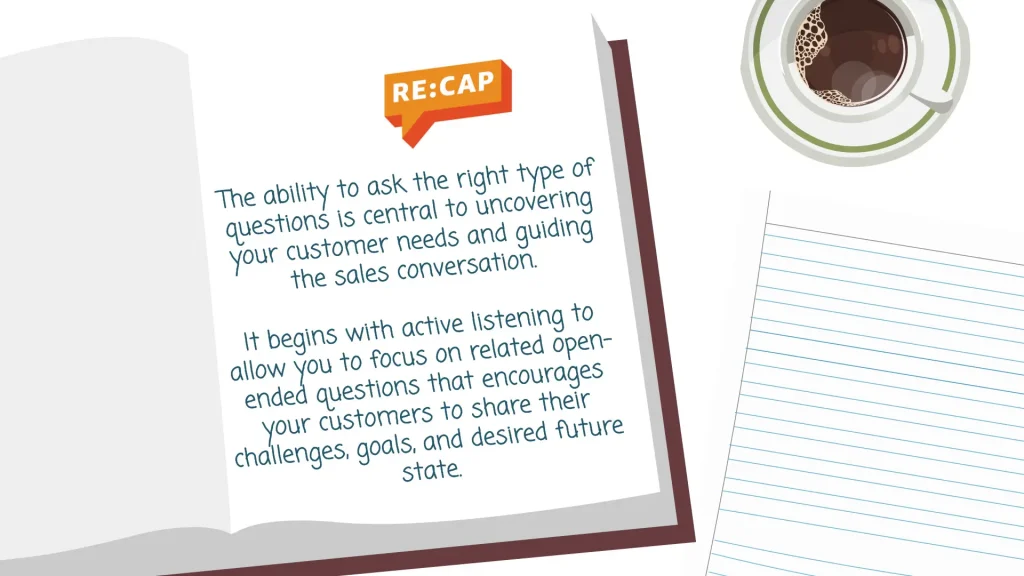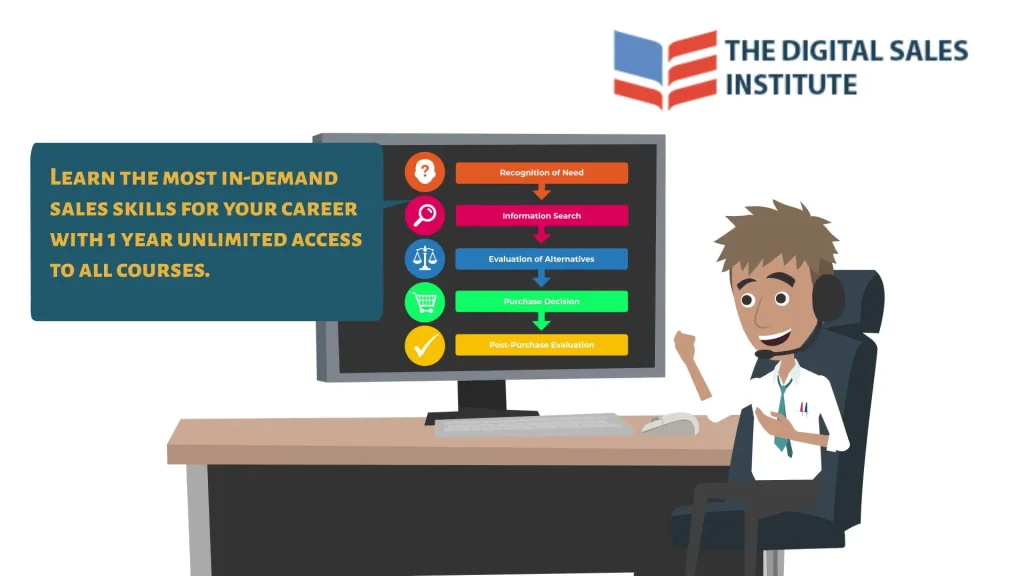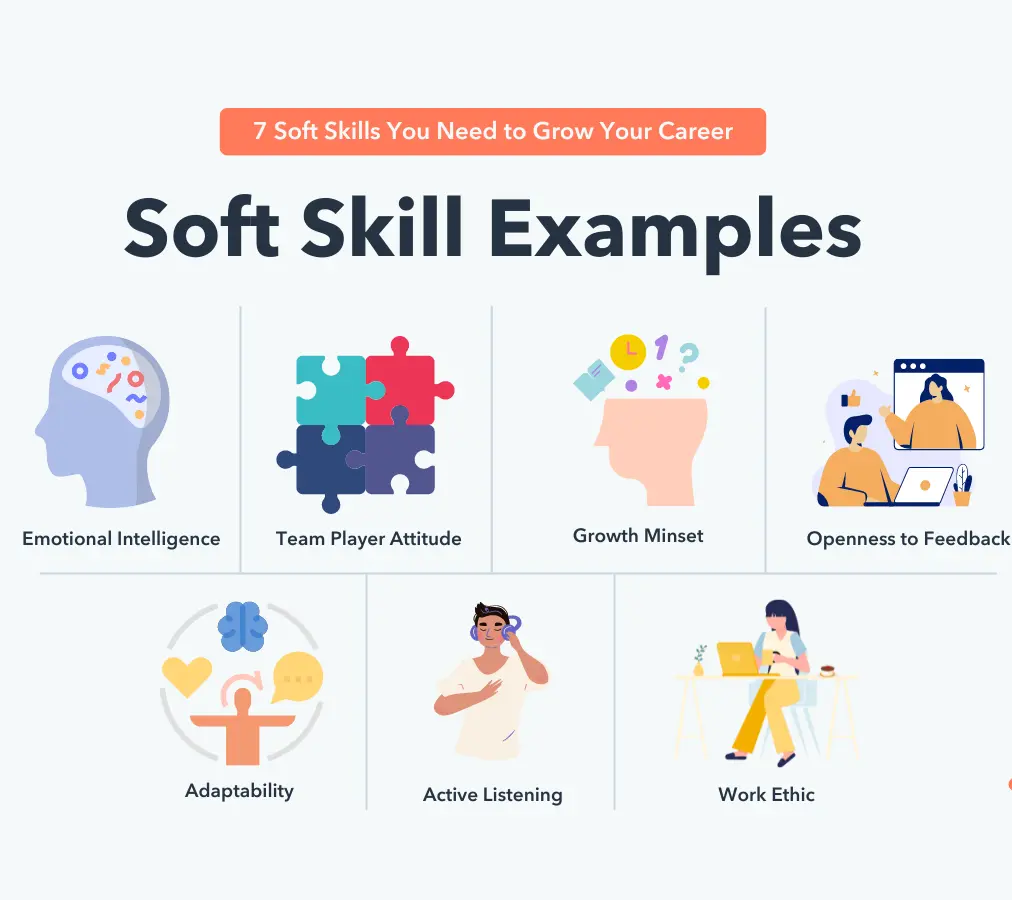Free Sales Training
Welcome to our free sales training lesson videos and tips.
These free sales training resources from The Digital Sales Institute will give you insights into the selling skills and knowledge you can acquire across steps in the sale. Our sales training lessons include over 200 sales training videos and e-book downloads for each course containing over a thousand pages of sales insights. Plus templates and guides.
A certificate of completion is awarded for each sales training course passed.
Free Sales Training - What is Selling?
As a salesperson, you know that selling is the exchange of one product or service for something else in return (usually money). The key is streamlining this sales process so that your efforts result in higher sales numbers and higher returns on your time investment.
Sales Tip 1: The core of selling can be concentrated into 2 pillars: conversations and commitments. Quality sales conversations must have clear objectives, and you must gain commitments (no matter how small) to keep the sale moving forward. Real and genuine Sales Conversations are core if you are to build interest, rapport, and trust with customers. Sales conversations that explore needs, issues, challenges, and understanding of the customer’s current position. Conversations to qualify willingness to change and undertake actions together, and they have the authority to act. Then, you have to gain commitments from the customer to create future value together. Without a series of commitments, there is little chance of a sale being completed.

Sales Tip. Always monitor your ROSE (Return On Sales Effort).
When we talk about “what is selling? It is important to understand the psychology of selling. We don’t sell products or solutions. We sell stories, ideas, commitments, results, satisfaction, relief, trust, confidence, assurance, etc. Practically every business activity can be viewed as a process.Selling is no different, and a clearly defined sales process uses:
Information
Conversations
Product Offerings
Sales Tools and Assets
Buyer Commitments
So, in selling, a customer-focused solution should be the end result of your efforts in the process. Your role as the salesperson is to be really effective, so your sales activity facilitates the decision-making process for the customer. To do this, you must be able to. Open meaningful conversations with a customer. Understand the business issues of the customer. Help customers understand these issues. Build an effective solution. Link the proposed solution to the issues. Paint a picture of what the future looks like. Gain commitments along the way to keep the sale moving forward.
Now, let’s explore the basic rules of selling.
Customers do not buy products; they buy benefits (outcomes/results).
Selling involves getting buyers to change and acting on that change.
To get buyers to make commitments and then be committed to act.
In order to sell better, we must understand “buyer motivations.”
Selling is about getting customers to take action.
Free Sales Training Lesson: Soft Sales Skills
A free sales training lesson on how to use compelling soft skills in sales.
“Teach your customers something new and compelling, and then provide reasons for them to act.”
For salespeople everywhere, these are unprecedented times. Challenging times. Strange times. But most of all, these are times of profound change. And this change is affecting everyone—you, your customers, and your prospects.
You’ve got the technical knowledge, the sales training, the product knowledge, the sales pitch experience, and the functional skills to work through the entire sales process. You have expertise in your field. You may also have mastered the tasks and activities required to reach your revenue targets.
But there’s something else you need to succeed at selling. No matter how advanced your technical and hard-selling skills are, you’ll need soft skills, too.
Because what the modern buyer expects from salespeople is largely linked to emotional intelligence, communication, and critical thinking.
Unfortunately, many salespeople often fail to recognize that buyers are mentally questioning them with back-of-the-mind questions. Or, if they do realize that buyers have these doubts, many salespeople try (too hard) to compensate with smooth-talking charm offensives. They think they can replace those doubts with features or benefits or with a case study.
It is often said that hard sales skills will get you in front of a customer, but you need soft sales skills to win over and keep the customer.
In fact, research shows that salespeople tend to exaggerate most customers’ needs and misjudge the importance of other important selection criteria. This can lead to tone-deaf sales messages and missed business opportunities.
What Buyers Want
“They think outside the box and always have interesting and innovative suggestions to address our evolving challenges.”
“We gain valuable business insights when we meet with them. They really help put things into perspective.”
“I wanted somebody with a high-touch, personal approach.”
“We felt comfortable with them… They knew what they were doing, and they would have no trouble telling us ‘no’.”
The percentage of customers who viewed their service providers as highly important to solving their challenges has dramatically increased (by 108%) since 2013, with a 33% surge in just the last two years alone. As competition increases, demonstrating the relevance of your company’s services will be essential to maintaining and broadening your customer relationships.
You need to clearly connect the dots. Show clients how your services help address specific, important priorities. Do not assume your customers understand the relevance or impact of your services. Start nurturing, communicating, and sharing as early in the sales process as possible. Then continue throughout the entire client relationship.
Free sales training lessons, materials, and sales training videos from The Digital Sales Institute. We constantly post a range of free sales training resources for salespeople, business owners, and entrepreneurs to take their sales skills and understanding of the sales process to the next level. In today’s digitally influenced selling environment, salespeople must fine-tune and constantly refresh their sales prospecting, presentation, value propositions, closing techniques, etc. in order to close more deals. Investing in online sales training programs is one way to boost sales results.
Free Sales Training Lesson on Skills
The major challenges in selling today
Up, Over and Yes
The truth is that knowing how to sell doesn’t improve our ability to sell. Rather, successful selling is largely driven by deep emotions. our beliefs, our values, our awareness of our own capabilities, and our feelings of self-worth. This is a simple method to measure your progress (and credibility) in your sales activity.
Up is measured in effort, the effort you put into each sales step.
Over is measured in “Yes’s” how quickly they move through the buyers journey (from step to step)
Every sales opportunity recognizes the effort it takes to get to “YES”. However, no matter how hard you work, if you can’t get to “yes,” you are only going up. You’re working hard but getting no closer to the deal, which means you still have to: meet their need, prove that you understand their business, build intrigue, capture their attention, demonstrate value, establish confidence, proved it works, proved it is better, and prove that your solution can address their pain.
Yes, points are like mini-sales in the sales process.
Knowing what you’re selling (where in the sales process) IN the moment is critical. Is the YES a YES to an appointment? Is the YES a YES to a phone call? Is it a YES to an introduction to the CFO? You have to know what you are selling IN the moment, because it is these “over” events that go towards closing a deal. Nearly every sales opportunity requires multiple sales “yeses” to get to the end.
YES, only when the customer or prospect is participating in the sale.
When they are working with you,
Respect the fact that a sales cycle is NOT linear.
Respect the fact that a sales cycle is NOT linear.
Manage the selling effort to align with each yes.
Know the customer’s buying process.
Align your sales process accordingly.
Without a “yes,” you are going up, not over, so no closer to the close.
The customer or prospect has to work too.
Always have an “ask” for the prospect.
Active buyers buy; passive buyers do not!
Believe it or not, salespeople also need to learn how to sell; maybe that is why you are watching this free sales training lesson. Modern selling requires everyone to learn how to communicate, have relevant conversations, and sell themselves effectively and ethically. Which brings us on to the sales process. A sales process is a set of repeatable steps that a salesperson takes to take a prospective buyer from the early stage of awareness to a closed sale. Simply put, it is a prospect’s or customer’s journey from realizing they have a need for a product to making an actual purchase. And since the sales process is a journey for a customer, it is a road map for a salesperson.
Typically, a sales process consists of 5-8 steps: prospecting, preparation, approach, presentation, handling objections, closing, and follow-up.
Sales is a process, and the following components must be managed:
A. Communication skills in terms of discovery questioning and active listening are vital.
B. Making sure that all sales conversations contribute to building commitments and yes points.
C. Manage the sales process through all the steps.
D. Build a credible and compelling solution for the customer.
E. Link the benefits of the solution with the exact needs of the customer.
F. Handle sales objections professionally using logic and proof.
G. Watch out for and recognize influencers, users, and decision makers.
H. Pay attention to buyer roadblocks, commitments, and actions.
I. Frame the closing of the sale appropriately for the buying group.
J. Use the closing technique that suits the situation.
K. asking for the business.
Free Sales Training Lesson – The Sales Process
The modern sales process and the steps in selling are focused on how buyers’ behaviors are changing with the rise of digital engagement and purchasing and the impact this is having on sales roles across both B2B (business-to-business) and B2C (business-to-consumer) channels. These changes require many of us to step up and really bring to the fore our very best selling skills in conversations: getting commitments, showing empathy, displaying kindness, generating ideas, problem solving, creativity, and delivering real value. When it comes to the steps in selling for meaningful interaction and conversations, whether it be B2C or B2B sales, buyers are expecting a much more sophisticated experience from salespeople.

Sales Success

The B2B Buying and Selling Puzzle in the Sales Process.
Buyer profiles have never been easier to identify but harder to engage and sell to.
They value genuine relationships as being critical to the buyer/seller relationship.
The average B2B transaction is getting smaller but is taking longer to sell
In a competitive world, 82% of sellers still fail to differentiate themselves
Buyers want to deal with subject-matter experts, not just vanilla salespeople.
So salespeople need to train themselves to become subject experts to help buyers move forward toward their goal and make a purchasing decision.
The Digital Sales Institute offers you a number of free sales training lesson videos. These are just a sample of our sales training programs, which are low-cost and have expertly researched content. All our online sales training videos come with PDF lesson downloads so you can review offline as well as have 24/7 access to the training topics. We hope you enjoyed this free sales training lesson. A low-cost subscription will give you 12 MONTHS access to all our online sales training programs. Click here to REGISTER.

Selling revolves around 2 core activities. Conversations and commitments. So, making an early impression is important, but ongoing engagement closes more sales. That is possible only by deeply understanding a client and industry and their unique long-term solution requirements. It requires asking deep questions and listening as much as talking.
Do you spend more time talking than listening? Listening means you’re having a conversation with your customers—a dialogue, not a monologue. If the customer’s talking more than you’re talking, your conversation is probably centered on the customer’s world. That’s a good thing, because it means you don’t have to tell the customer everything you know about your product or company—only what’s relevant to his needs. Imagine the impact on customers when you dominate the conversation with a product-focused monologue. It signals that your agenda is more important than theirs.

